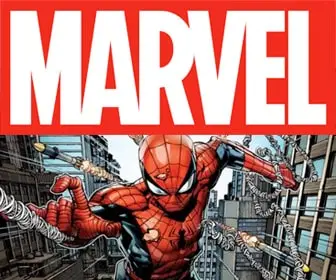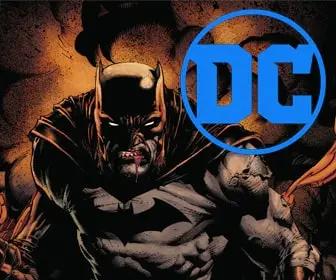
From Panels to Pages: Comics’ Art Growth
The Evolution of Comic Book Art Through History
Comic book art has gone through many changes since its early days. Each era brought new styles, techniques, and ways of storytelling that shaped the medium into what we know today. Understanding the evolution of comic book art helps us appreciate the creativity and innovation that artists brought to the table.
The Golden Age (1930s-1950s)
The Golden Age of comics began in the late 1930s. This era introduced the world to iconic characters like Superman, Batman, and Wonder Woman. During this time, comic book art was simple and straightforward. Artists focused on clear lines and bright colors to grab the attention of young readers. The stories often followed a basic hero versus villain formula, and the art mirrored this simplicity. The characters looked larger than life, with exaggerated muscles and heroic poses.
The Silver Age (1950s-1970s)
The Silver Age saw the rise of more complex stories and characters. Artists like Jack Kirby and Steve Ditko played crucial roles in shaping the look of this era. Kirby’s dynamic style, known for its bold lines and dramatic action scenes, influenced many artists. Ditko’s work on Spider-Man introduced a more realistic and emotional approach to character design. The Silver Age also saw the use of more varied color palettes, and the art began to experiment with different perspectives and angles.
The Bronze Age (1970s-1980s)
In the Bronze Age, comic book art started to reflect the social changes of the time. The art became darker and grittier, mirroring the stories that tackled more serious issues like drug abuse and racism. Neal Adams was a key figure during this era, bringing a more realistic and detailed style to superhero comics. His work on Batman and Green Lantern/Green Arrow broke away from the exaggerated styles of earlier eras. The Bronze Age also saw a shift towards more complex panel layouts, adding depth to the storytelling.
The Modern Age (1980s-Present)
The Modern Age of comic book art is marked by diversity and experimentation. Artists no longer follow a single style, and the medium has expanded to include a wide range of genres. The 1980s introduced darker and more mature themes, with works like Frank Miller’s “The Dark Knight Returns” and Alan Moore’s “Watchmen” leading the way. These stories featured more detailed and realistic art, with a focus on mood and atmosphere.
In the 1990s, the rise of independent publishers allowed for even more artistic freedom. Artists like Todd McFarlane and Jim Lee became famous for their highly detailed and energetic styles. Today, comic book art continues to evolve, with digital tools allowing artists to create more complex and intricate designs. The influence of manga and other international styles has also played a significant role in shaping modern comic book art.
Conclusion: The Ever-Changing World of Comic Book Art
Comic book art has come a long way since its early days. From the simple, bold lines of the Golden Age to the detailed, varied styles of today, each era brought something new and exciting. As the medium continues to grow and change, one thing remains clear: comic book art will always be a reflection of the times, pushing the boundaries of creativity and storytelling.















